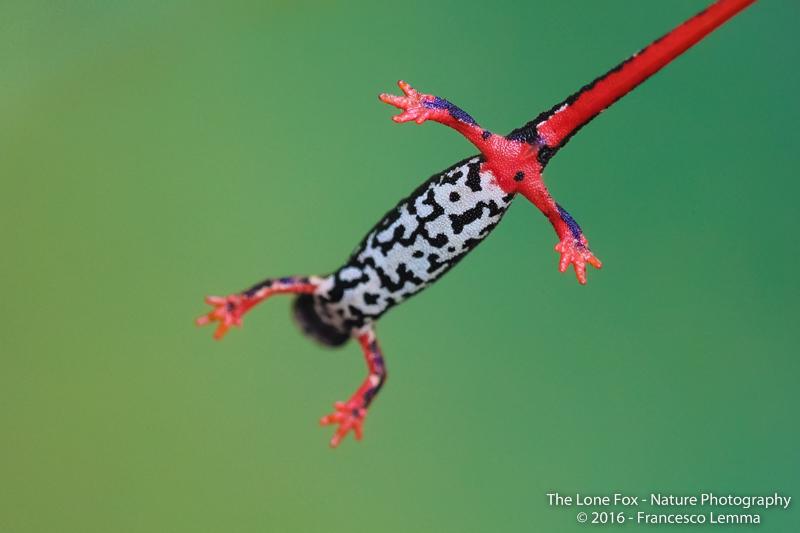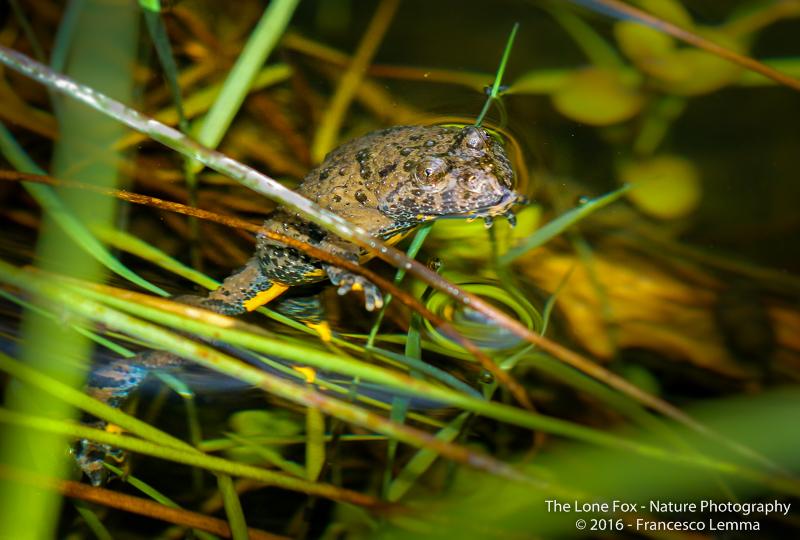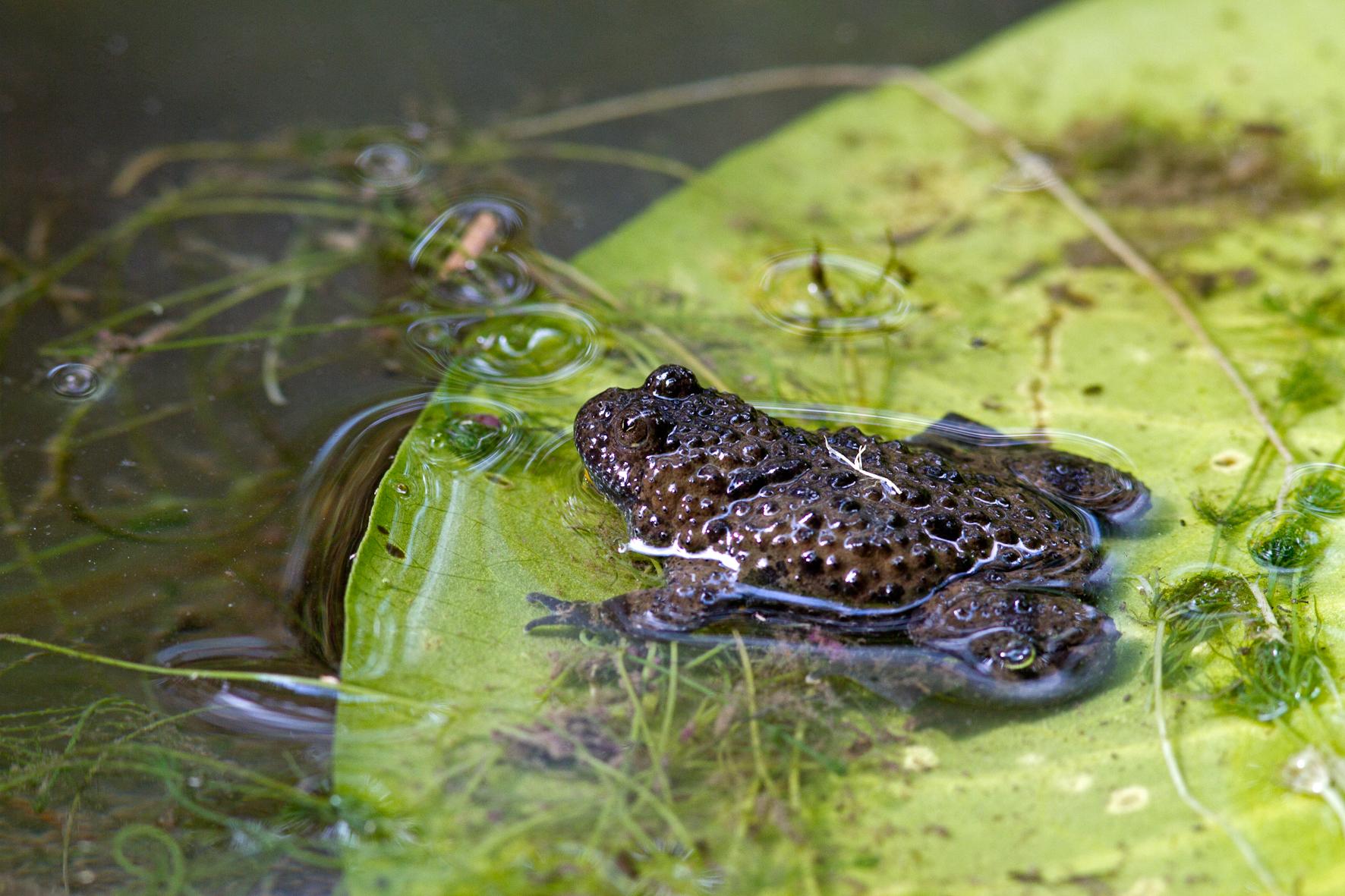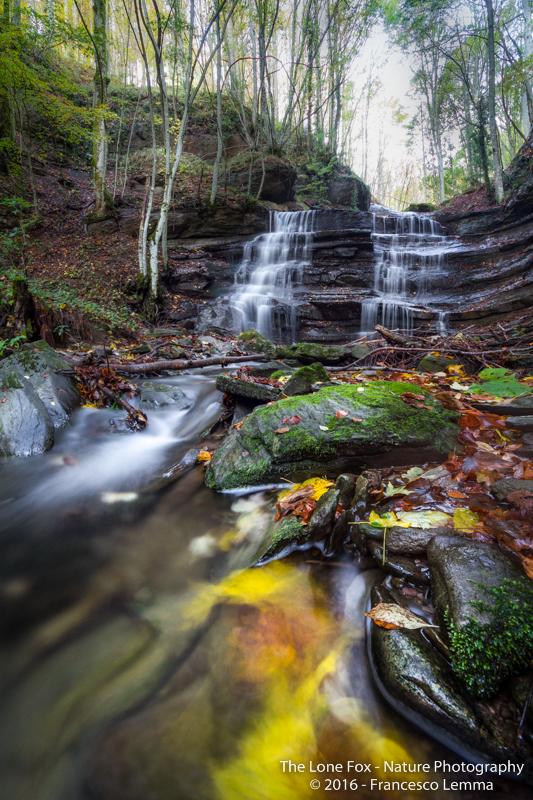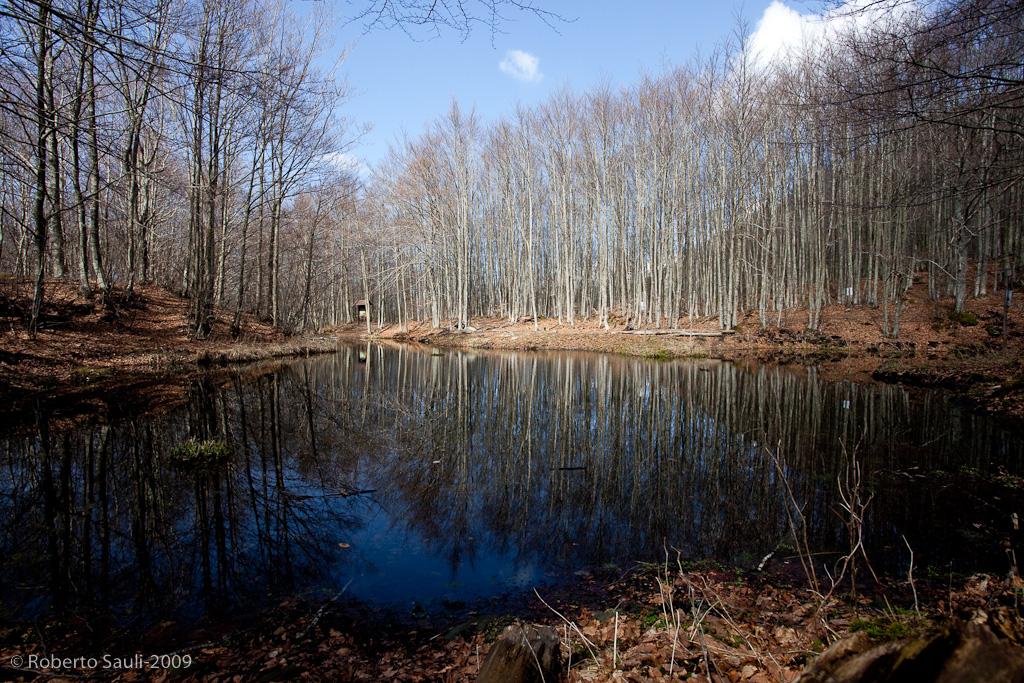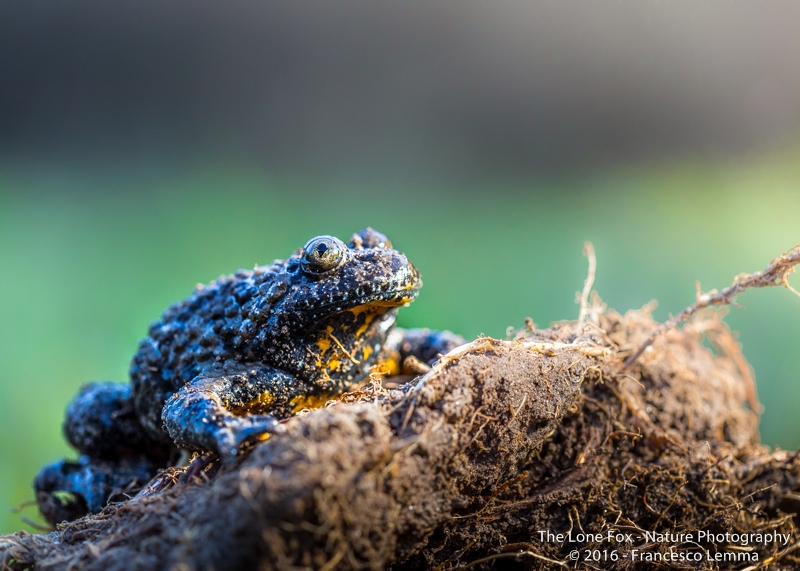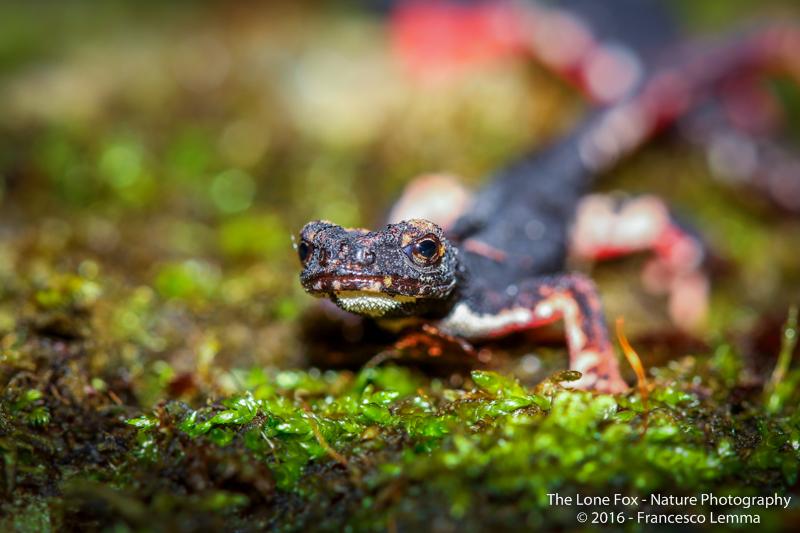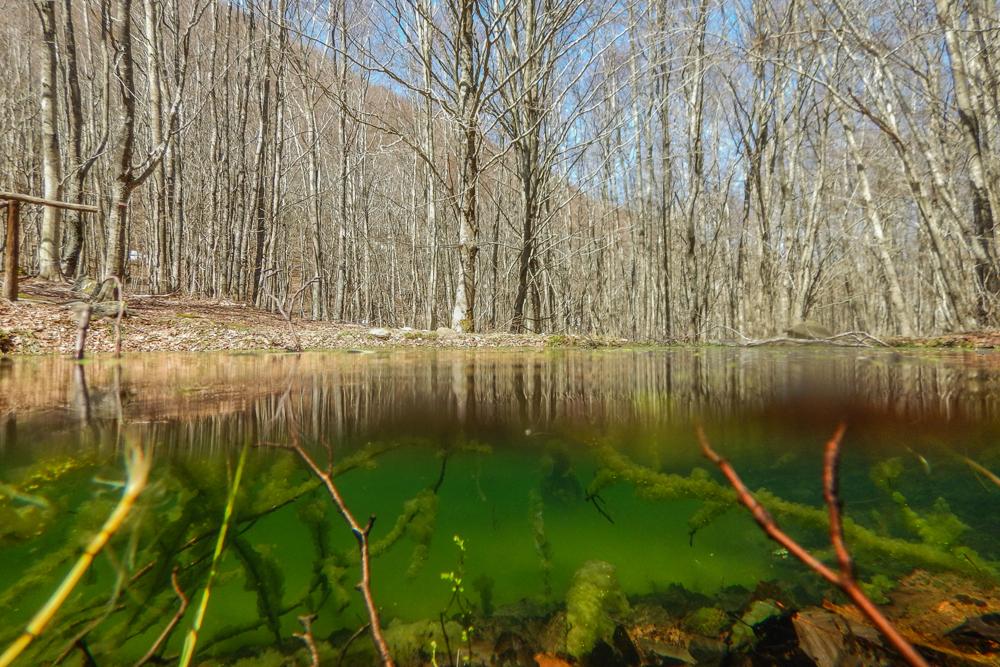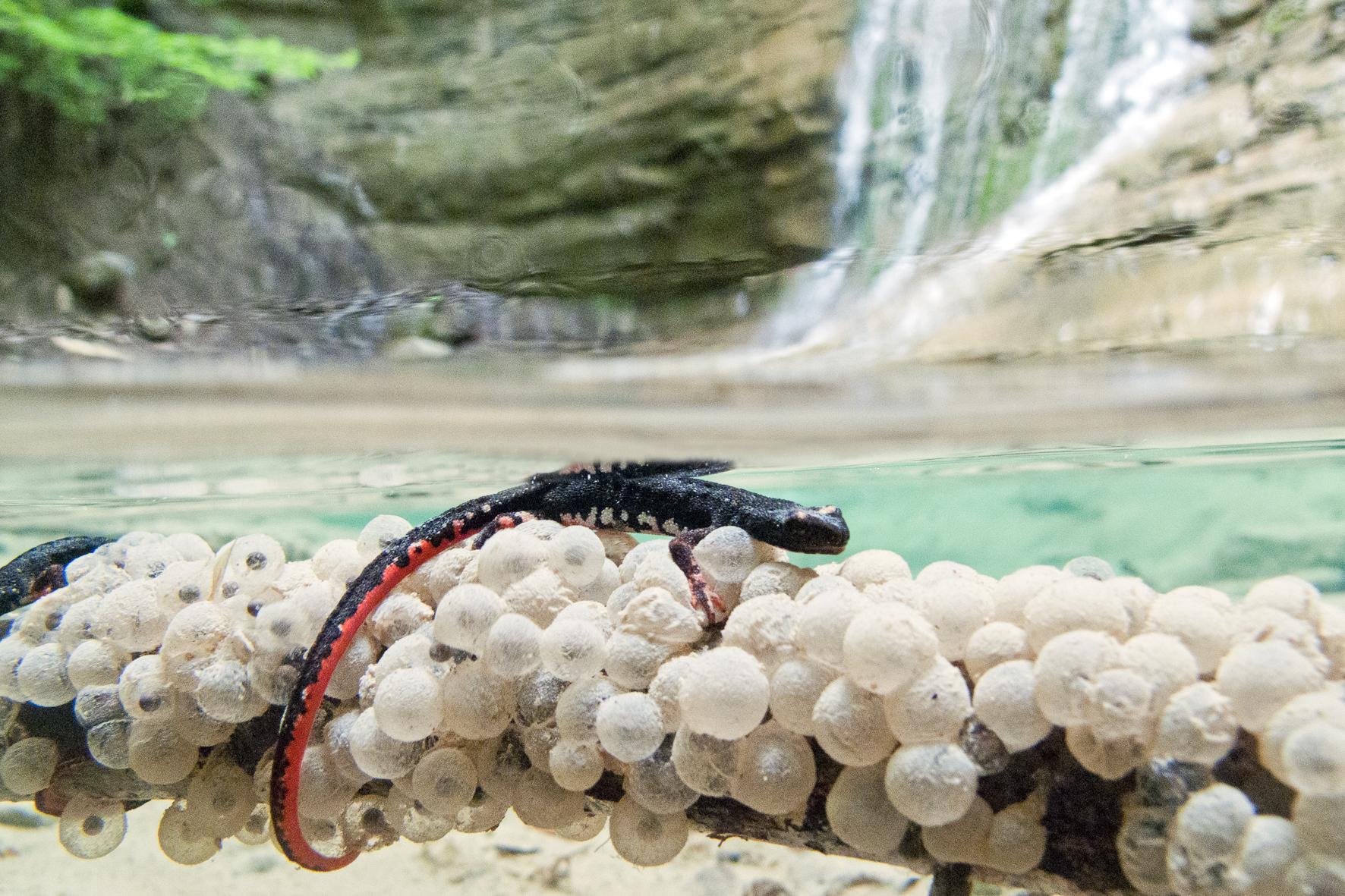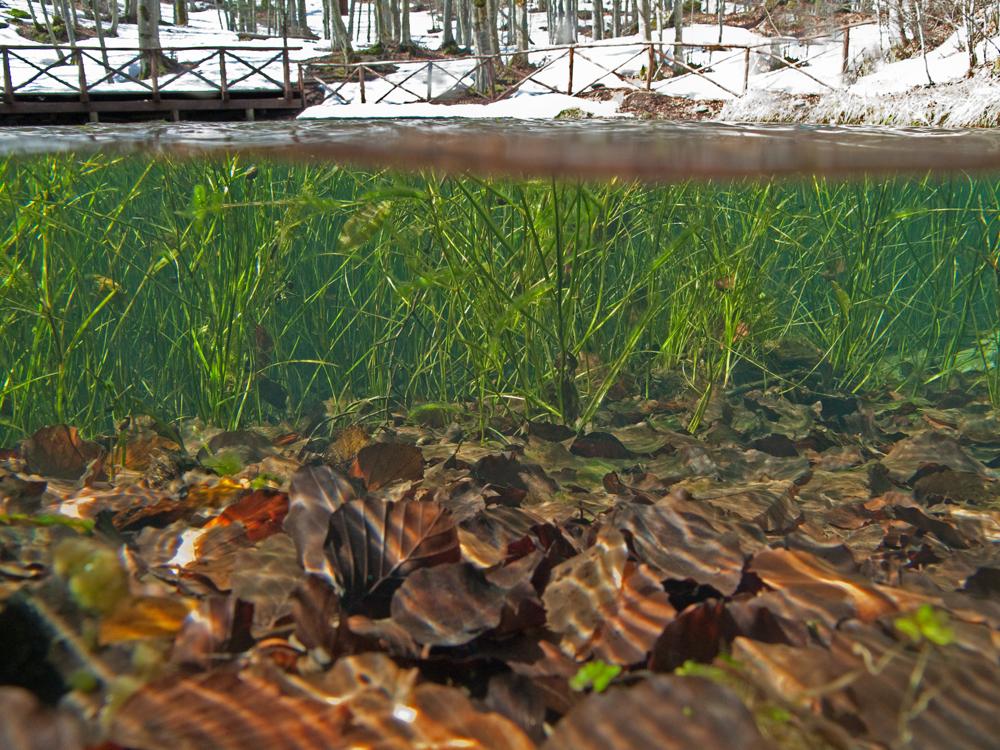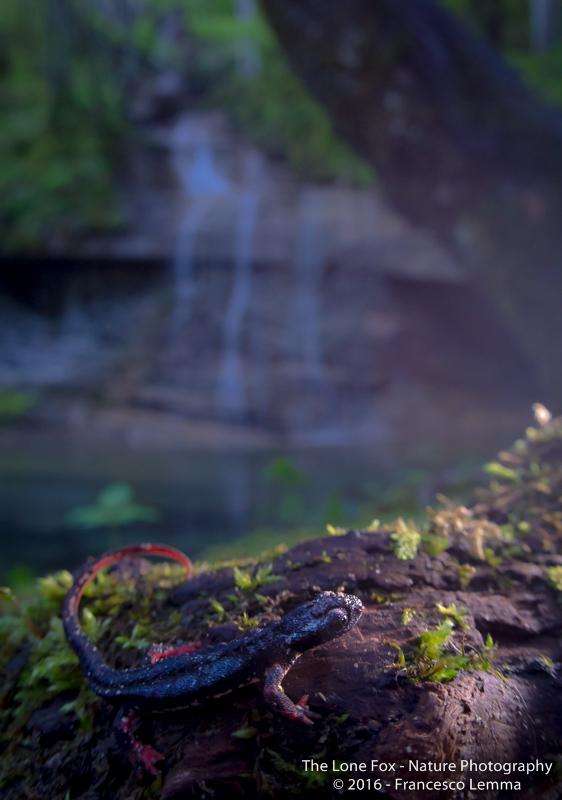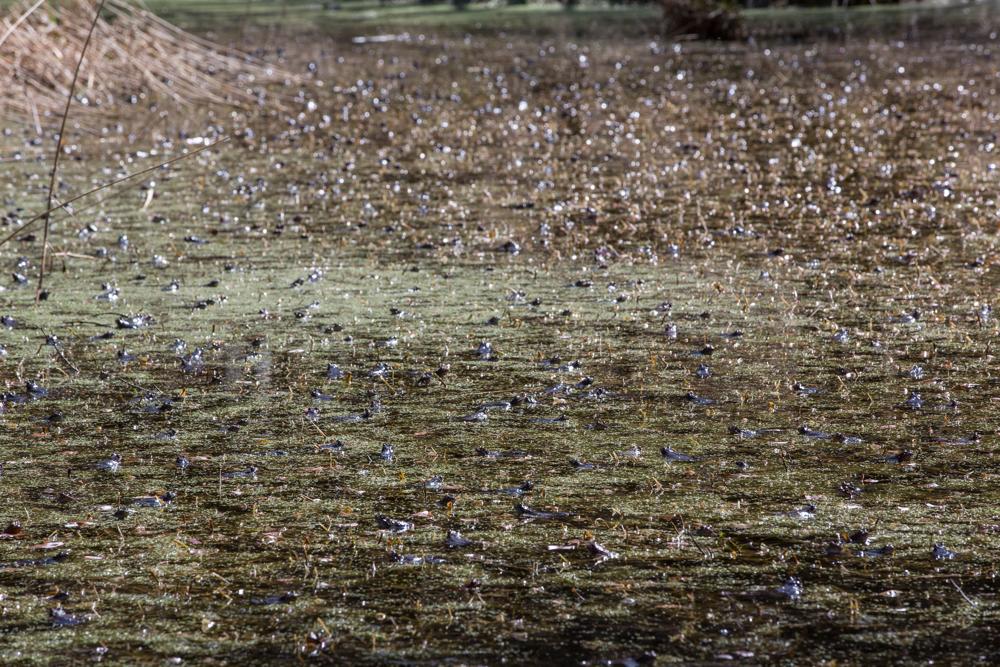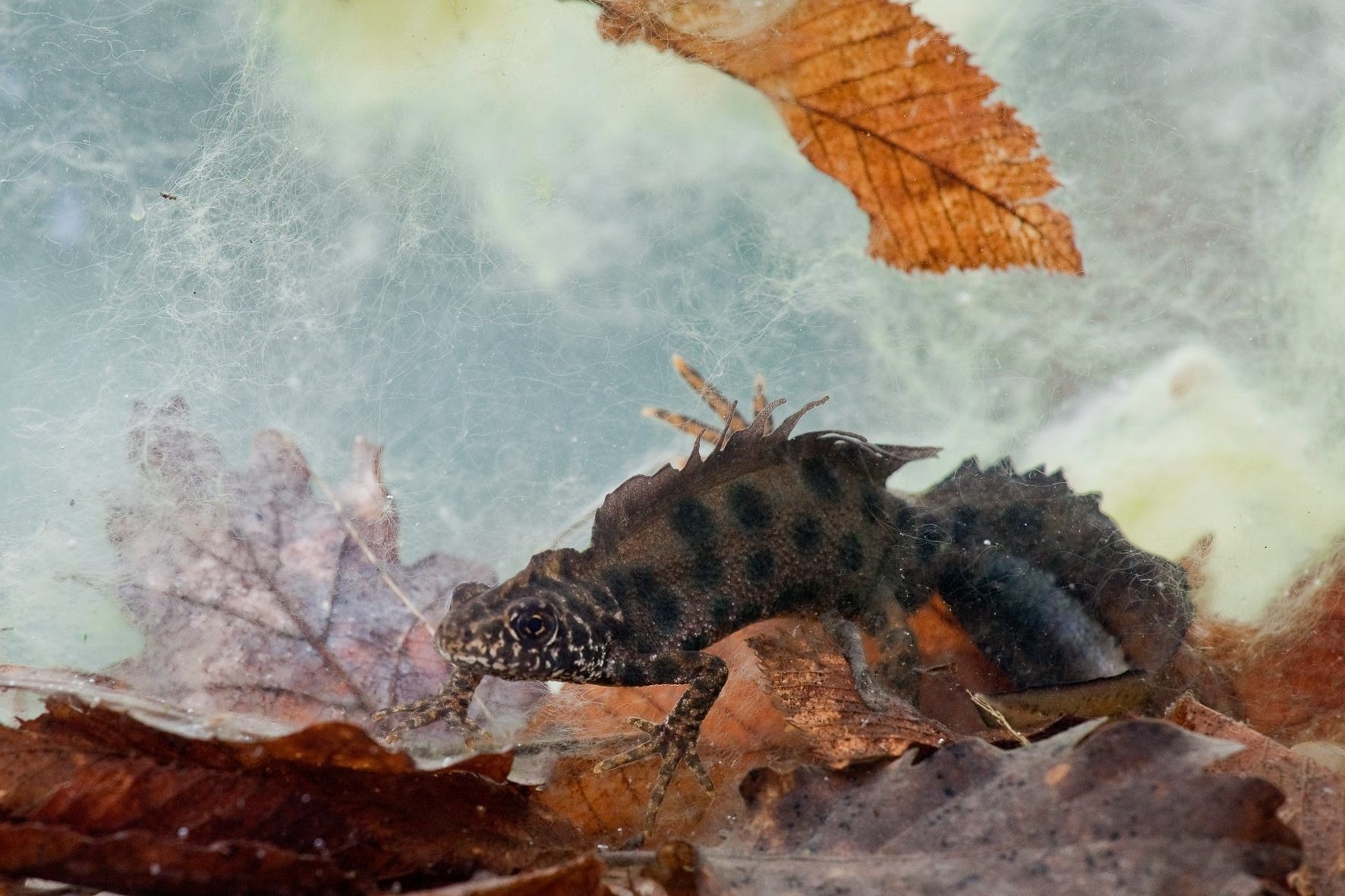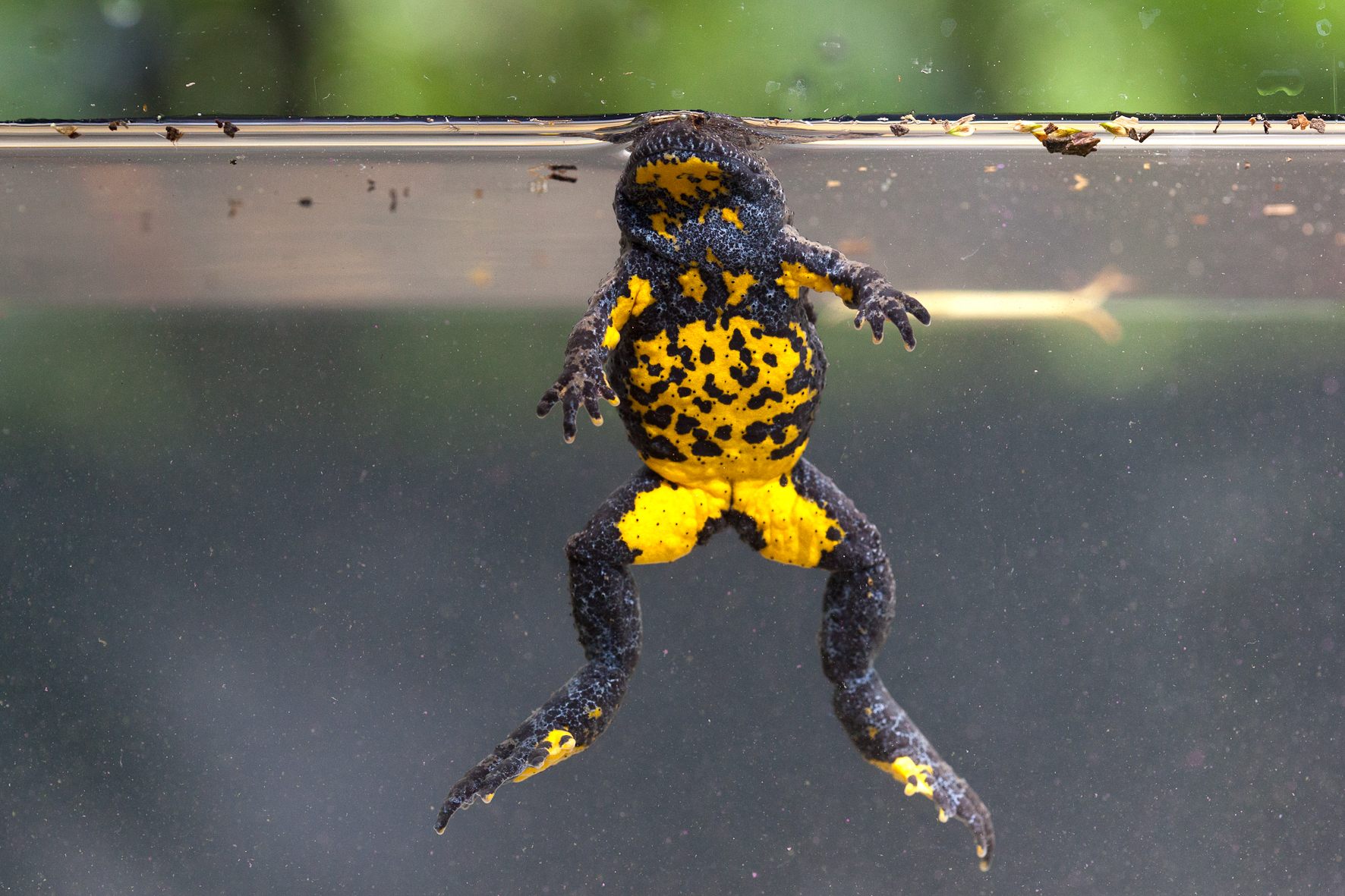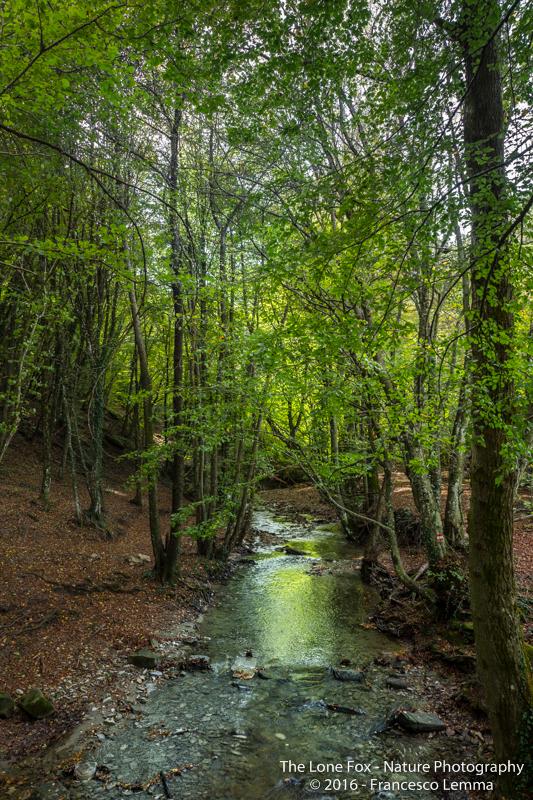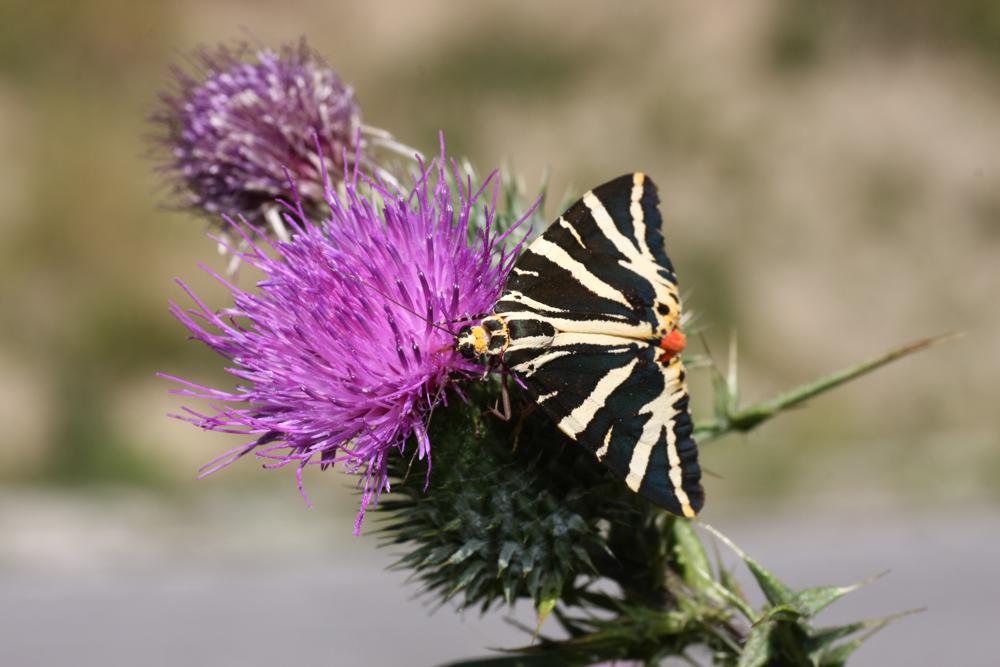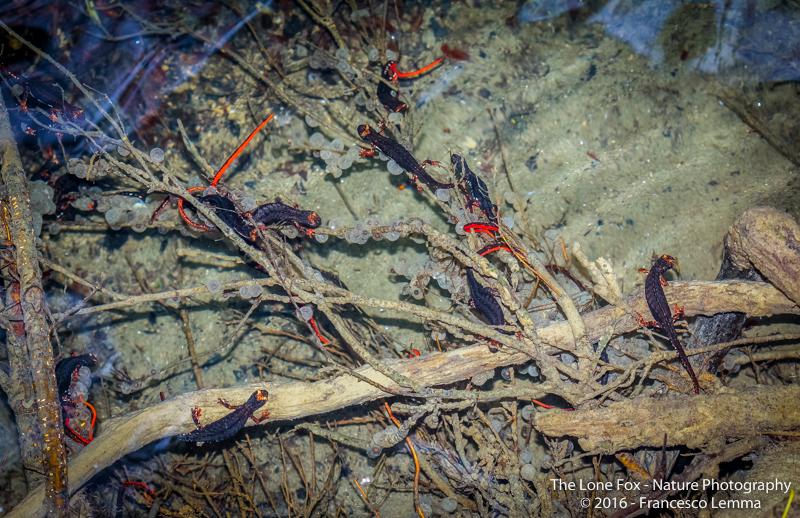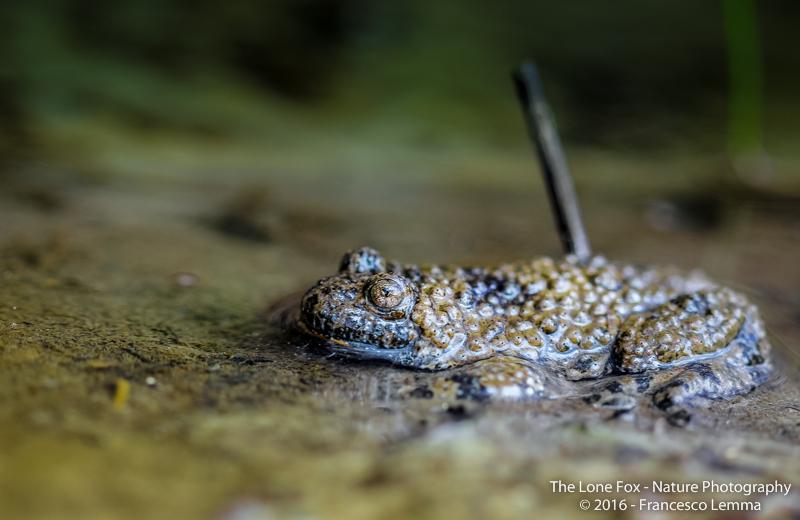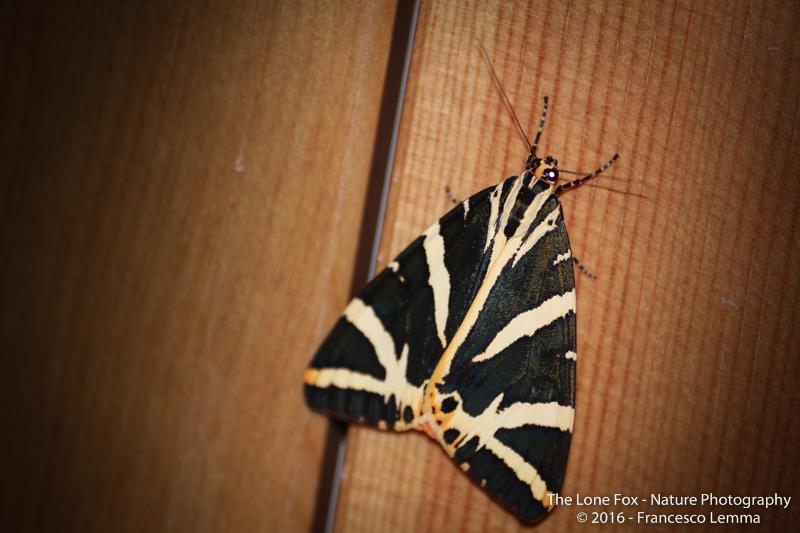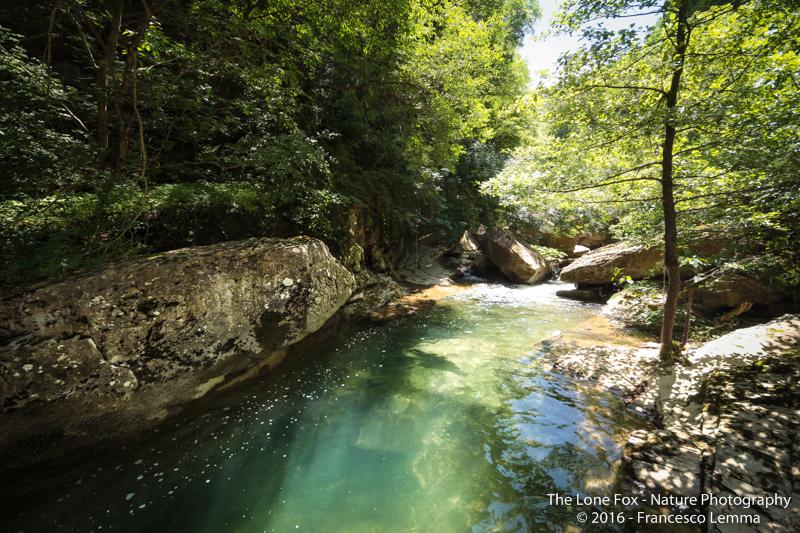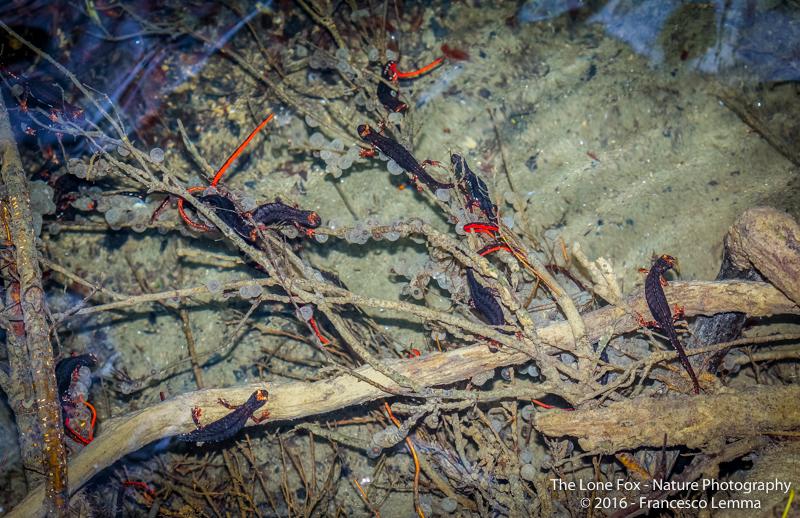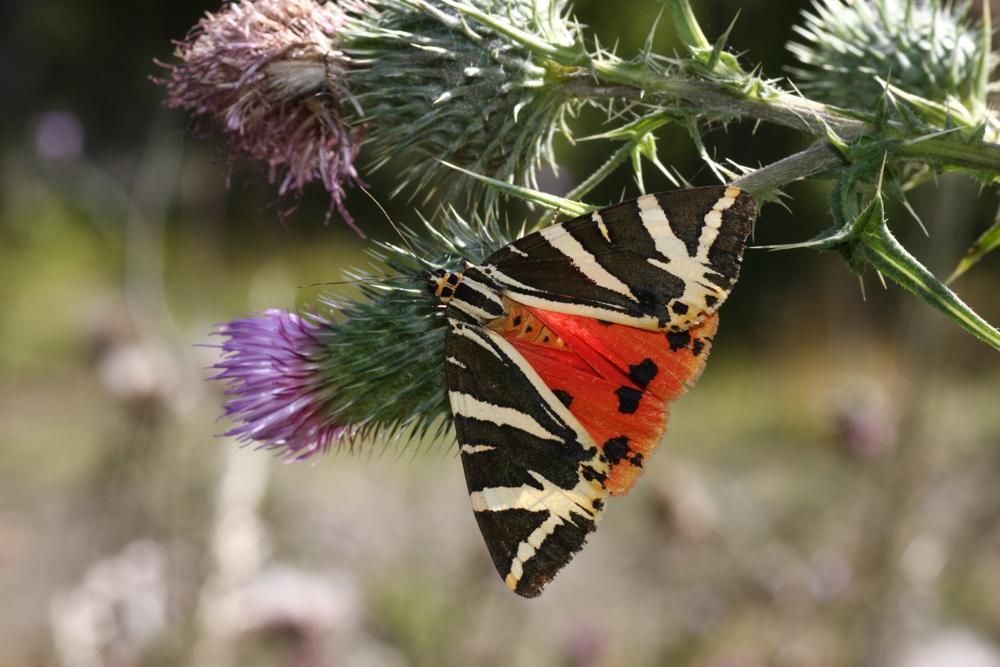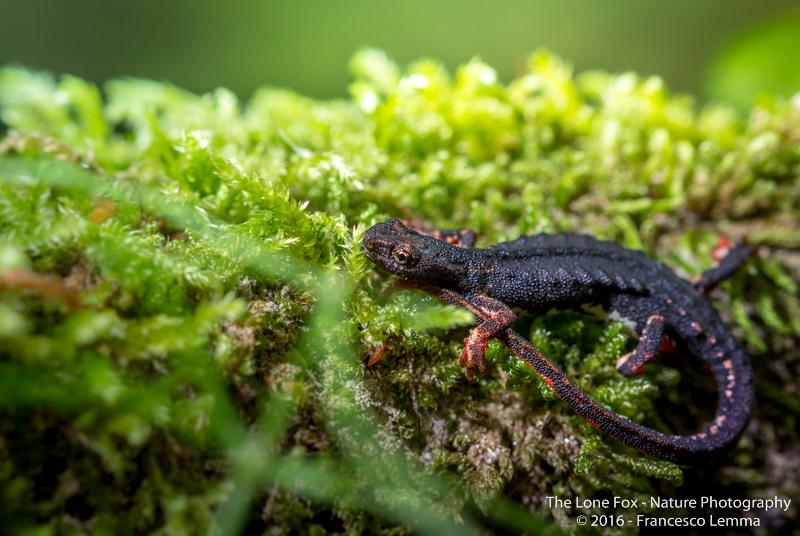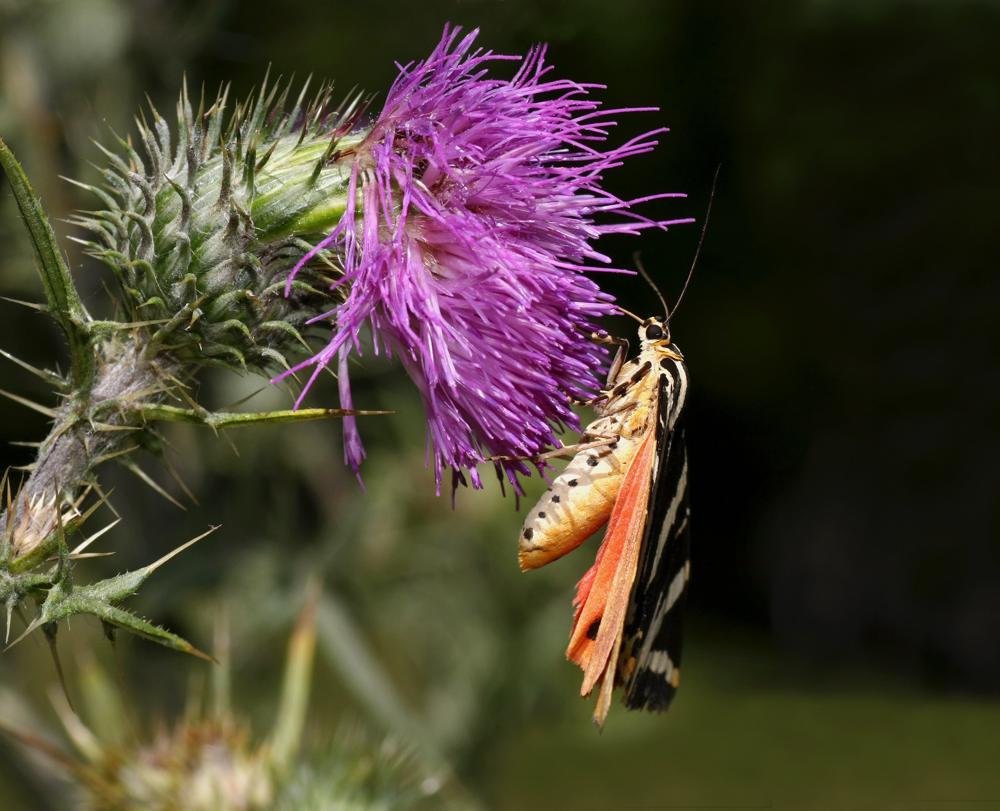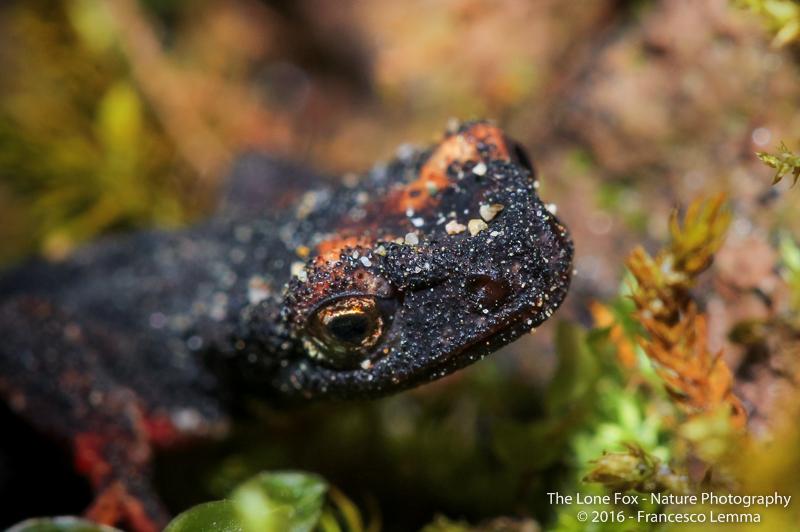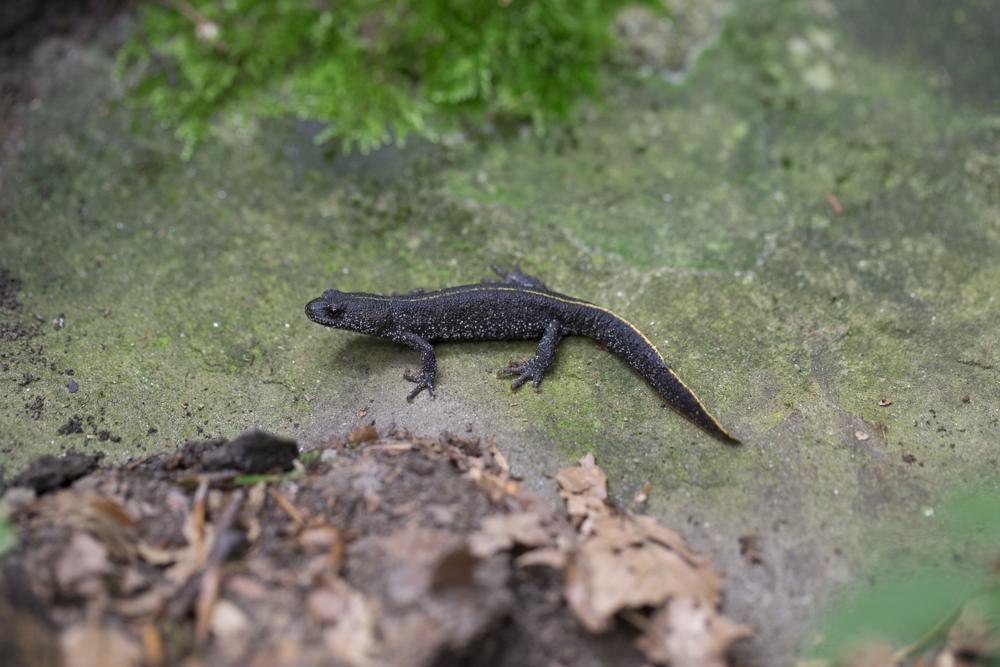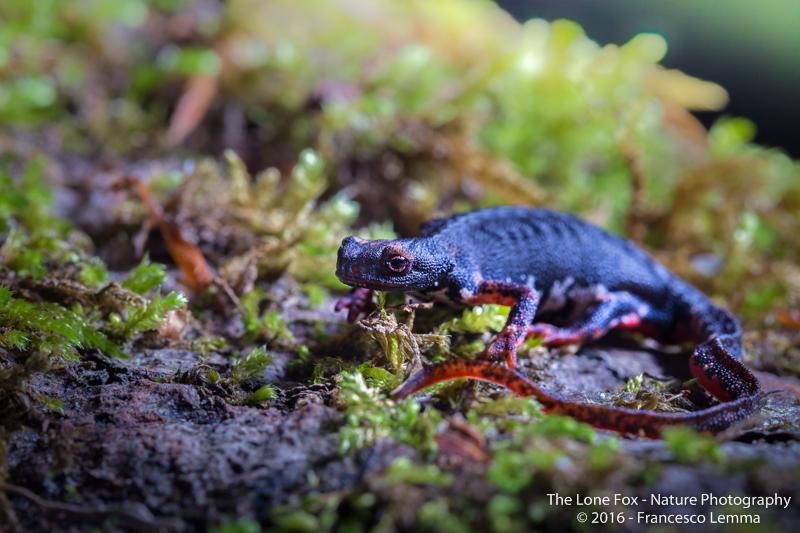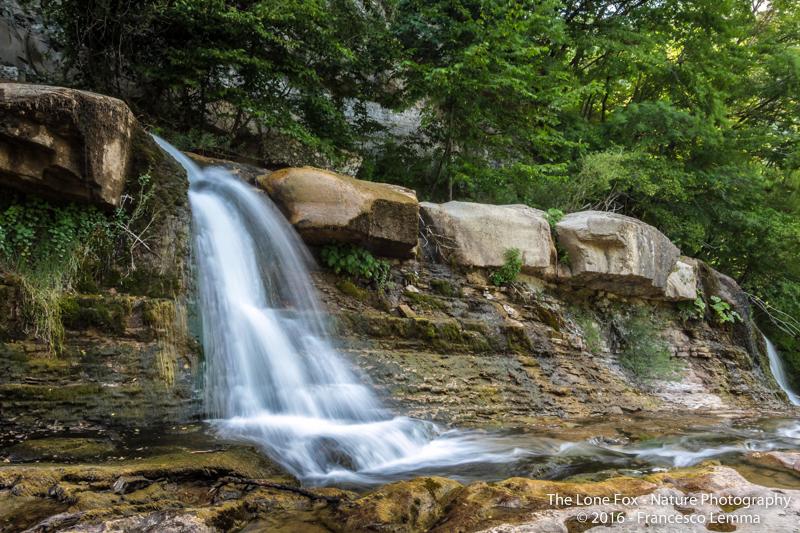|
|
The largest species of Italian newt ( up to 14-18 cm including the tail), has a yellow to yellow- orange belly with isolated black spots or melted to form different patterns.
This species is included in Annexes II and IV of the DC 92/43/CEE and listed in the Annex A of Tuscan L.R. 56/2000 ( Tuscan Regional Law 56/2000) and protected in the Region of Emilia Romagna in agreement with L.R. 15/2006 (Regional law 15/2006). The species is distributed all over Italy, in southern Switzerland and Austria and in the Adriatic area of Balkans to northern Greece.
The Italian Crested Newt breeds on stagnant or slow-moving waters such as ponds, pools, lakes, water holes, canals and water springs situated in woodlands or open spaces with shrub or trees, from sea level up to 2000m. Breeding period is between April and the end of June.
|
|
Present in the Park at an altitude up to 1200m, it is rare on the side of Region Emilia Romagna. The low proportion which was recently reported is due to the disappearance and fragility of many of the breeding sites (generally fountains) which calls into question possible local risks of extinction. This is why Triturus carnifex is particularly threatened by the alteration (destruction, degradation, pollution) of breeding areas. Therefore, the project proposes interventions aimed at restoring – both architecturally and functionally - most of the fountains, lavatories and water holes on the territory according to a uniform and equidistant distribution scheme in order to ensure easy connectivity for the species on the territory covered by the project ( Action C1).
|
|


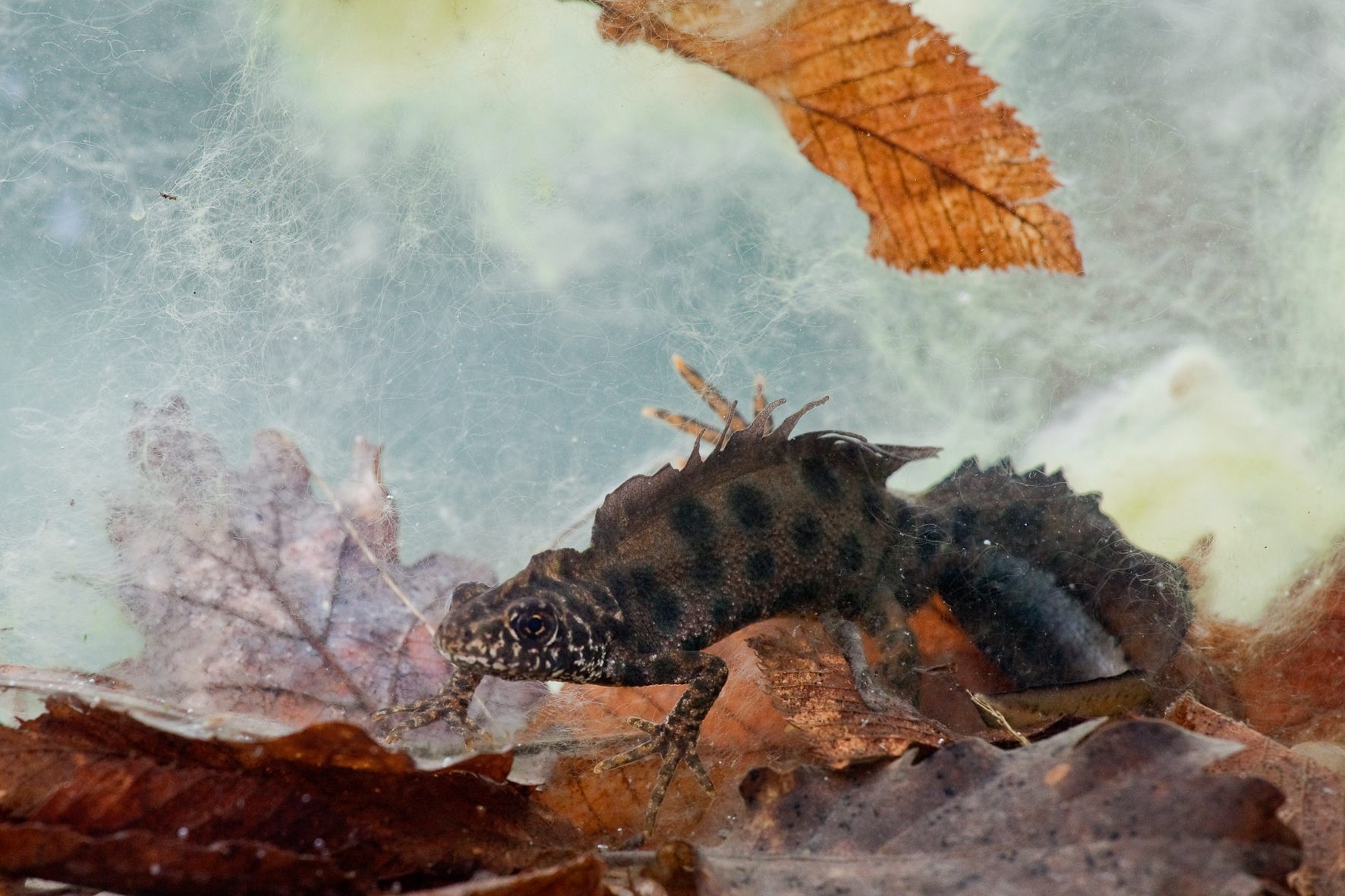
 Tritone crestato. Foto: Roberto Sauli
Tritone crestato. Foto: Roberto Sauli . Italian Crested Newt. Foto: Giovanni Cappelli
. Italian Crested Newt. Foto: Giovanni Cappelli